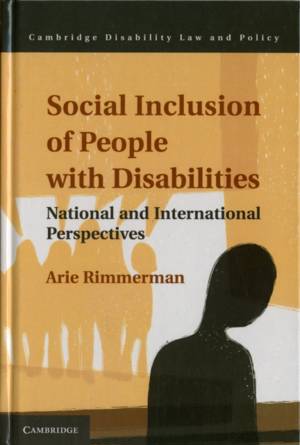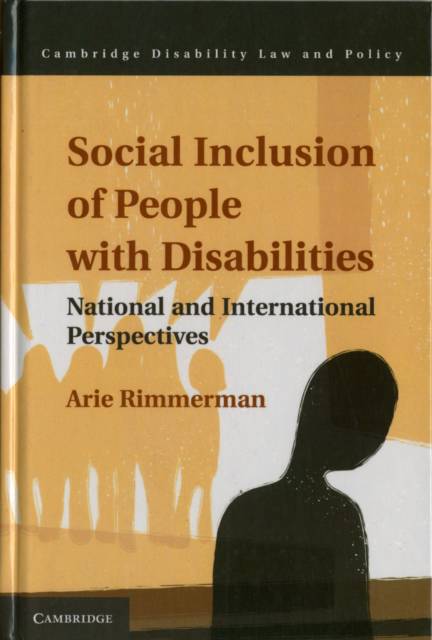
- Afhalen na 1 uur in een winkel met voorraad
- Gratis thuislevering in België vanaf € 30
- Ruim aanbod met 7 miljoen producten
- Afhalen na 1 uur in een winkel met voorraad
- Gratis thuislevering in België vanaf € 30
- Ruim aanbod met 7 miljoen producten
Zoeken
€ 187,45
+ 374 punten
Uitvoering
Omschrijving
Social inclusion is often used interchangeably with the terms social cohesion, social integration, and social participation, positioning social exclusion as the opposite. The latter is a contested term that refers to a wide range of phenomena and processes related to poverty and deprivation, but it is also used in relation to marginalized people and places. This book consists of two parts: the first aims to review the domestic and international historical roots and the conceptual base of disability, as well as the expressions of social exclusion of people with disabilities that interfere in their efforts to exercise their rights in society. It offers a comprehensive review of social and legal approaches to social exclusion and inclusion. The second part introduces and analyzes domestic and international social and legal strategies to promote social inclusion for people with disabilities. The closing chapter highlights the role of morality, law, science, and media and technology in achieving inclusion.
Specificaties
Betrokkenen
- Auteur(s):
- Uitgeverij:
Inhoud
- Aantal bladzijden:
- 206
- Taal:
- Engels
- Reeks:
Eigenschappen
- Productcode (EAN):
- 9781107014626
- Verschijningsdatum:
- 22/10/2012
- Uitvoering:
- Hardcover
- Formaat:
- Genaaid
- Afmetingen:
- 152 mm x 229 mm
- Gewicht:
- 453 g

Alleen bij Standaard Boekhandel
+ 374 punten op je klantenkaart van Standaard Boekhandel
Beoordelingen
We publiceren alleen reviews die voldoen aan de voorwaarden voor reviews. Bekijk onze voorwaarden voor reviews.











